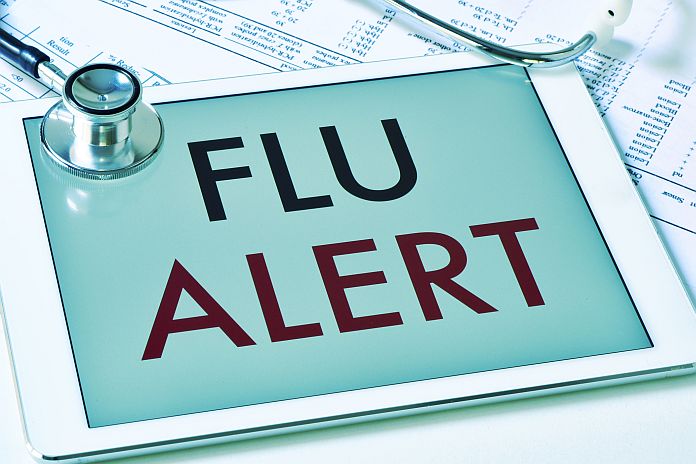GENEVA, Switzerland — The COVID-19 pandemic has required countries around the globe to repurpose their influenza surveillance systems to also detect the COVID-19 virus. Although surveillance for influenza often stops at the end of May and resumes in October, this year the World Health Organisation (WHO) is encouraging all countries to continue surveillance throughout the summer months to monitor COVID-19 virus activity. COVID-19 data will continue to be summarized and shared by WHO/Europe and the European Centre for Disease Prevention and Control (ECDC).
Interrupted influenza reporting due to COVID-19
In the WHO European region, the 2019–2020 influenza season started in late November 2019 and peaked in the first week of February. After two weeks of high influenza activity, country reporting of influenza data was interrupted starting from late February, due to the COVID-19 pandemic, and became increasingly sparse over the following months. Reported data showed that influenza activity had decreased substantially. The emergence of COVID-19, spreading through respiratory transmission, required the implementation of physical distancing measures throughout the region, and this likely contributed to an abrupt end to the influenza season.
Influenza type A and B viruses circulated
There are 2 types of influenza viruses that cause illness in humans, type A and type B. This season, the 2 seasonal influenza A virus subtypes, A (H1N1)pdm09 and A (H3N2), and 1 of the B viruses, B Victoria lineage, all circulated in the Region in almost equal proportions.
Numbers of deaths associated with influenza as expected, but COVID-19 toll is large
Before March 2020, excess all-cause mortality, as reported by EuroMOMO in a network of 24 countries, was slightly lower than the previous two influenza seasons. However, since mid-March, excess mortality has increased to the highest levels seen since the network began over ten years ago, reflecting the impact of the COVID-19 pandemic.
Vaccine effectiveness
Interim estimates of the efficacy of influenza vaccines against laboratory-confirmed influenza infections ranged from 29 percent to 61 percent in the primary care setting and 35 percent to 60 percent in hospitalized older adults. This range is consistent with past years. Vaccination remains the best intervention to prevent influenza, and renewed efforts to increase uptake for eligible groups next season are warranted to avoid an overload of country health systems due to co-circulation of COVID-19 and influenza.
Flu News Europe: surveillance and updates
Countries conduct surveillance to characterize the circulating influenza viruses, to determine the timing of the influenza season and the potential severity of disease, to evaluate interventions (in particular vaccination) and to provide data to WHO for regional and global updates. WHO/Europe and ECDC collaborate to collect and analyse influenza surveillance data from Member States in the European Region and present these data each week in the Flu News Europe bulletin.






